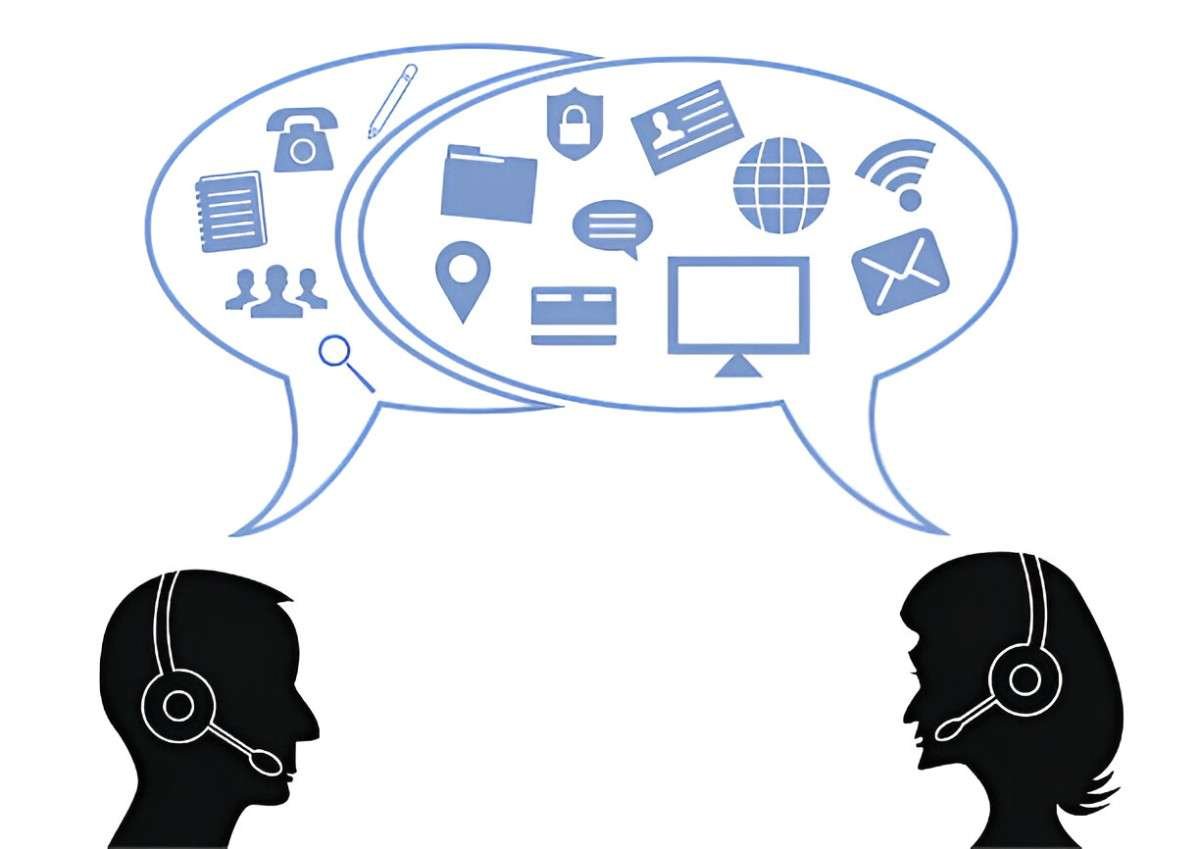Non-personal communication channels shape how businesses, governments, and organizations disseminate information without direct interaction. Unlike personal communication, which relies on one-on-one exchanges, non-personal channels broadcast messages to broad audiences. In this guide, I explore the mechanics, advantages, and limitations of these channels while providing real-world applications, mathematical models, and strategic insights.
Table of Contents
What Are Non-Personal Communication Channels?
Non-personal communication channels transmit messages without direct human interaction. These include:
- Mass Media (TV, radio, newspapers)
- Digital Platforms (websites, social media, email blasts)
- Outdoor Advertising (billboards, transit ads)
- Printed Materials (brochures, flyers)
These channels differ from personal communication, where feedback is immediate, such as in sales calls or customer service chats.
The Role of Non-Personal Channels in Marketing
Businesses use non-personal channels to reach large audiences efficiently. A TV ad during a prime-time show, for example, can expose a brand to millions simultaneously. The cost per impression (CPI) often makes this approach economical.
The effectiveness of a non-personal campaign can be modeled using the reach-frequency equation:
GRP = Reach \times FrequencyWhere:
- GRP (Gross Rating Points) measures campaign impact.
- Reach is the percentage of the target audience exposed.
- Frequency is the average number of exposures per person.
For instance, if an ad reaches 40% of the target audience (Reach = 40) with an average frequency of 3, the GRP is:
GRP = 40 \times 3 = 120Higher GRP values suggest stronger campaign penetration.
Comparing Non-Personal and Personal Communication
| Aspect | Non-Personal | Personal |
|---|---|---|
| Feedback Speed | Delayed | Immediate |
| Scalability | High (broad reach) | Low (one-to-one) |
| Cost Efficiency | Lower cost per impression | Higher cost per interaction |
| Customization | Limited | High |
While non-personal channels excel in scalability, personal communication fosters deeper engagement. A balanced strategy often incorporates both.
Mathematical Models for Effectiveness
The Advertising Response Function
Not all exposures yield equal impact. The diminishing returns principle applies—each additional ad exposure generates less incremental value. We model this as:
R = a \times (1 - e^{-b \times F})Where:
- R = Response (e.g., sales increase)
- a = Saturation level (maximum possible response)
- b = Decay rate (how quickly returns diminish)
- F = Frequency of exposures
Suppose a campaign has a saturation level (a) of 500 units and a decay rate (b) of 0.2. At a frequency (F) of 5, the response is:
R = 500 \times (1 - e^{-0.2 \times 5}) \approx 316 \text{ units}This shows that after five exposures, the campaign achieves ~63% of its maximum potential.
Challenges of Non-Personal Communication
Message Distortion
Without direct feedback, misinterpretations arise. A poorly worded billboard might confuse rather than inform. Companies mitigate this through pretesting—running focus groups before full deployment.
Audience Fragmentation
The rise of streaming and social media has fragmented audiences. A 30-second TV spot no longer guarantees mass reach. Instead, businesses use programmatic advertising, leveraging algorithms to target subsets efficiently.
Case Study: Super Bowl Ads
The Super Bowl remains a pinnacle of non-personal communication. A 30-second spot costs ~$7 million but reaches ~100 million viewers. The cost per thousand impressions (CPM) is:
CPM = \frac{\text{Cost}}{\text{Impressions}} \times 1000 = \frac{7,000,000}{100,000,000} \times 1000 = \$70While expensive, the cultural impact often justifies the expense—ads like Apple’s “1984” commercial became historic.
SEO Best Practices for Non-Personal Digital Content
To ensure digital non-personal content (blogs, videos) reaches the right audience, I follow these SEO principles:
- Keyword Optimization – Use tools like Google Keyword Planner to identify high-traffic, low-competition terms.
- Meta Descriptions – Write concise summaries with target keywords.
- Internal Linking – Connect related articles to boost domain authority.
- Mobile Optimization – Over 60% of searches occur on mobile devices.
Future Trends
AI and Hyper-Personalization
While non-personal channels lack direct interaction, AI bridges the gap. Netflix’s recommendation engine, for example, tailors content without human involvement. The system uses collaborative filtering:
\hat{r}_{ui} = \mu + b_u + b_i + q_i^T p_uWhere:
- \hat{r}_{ui} = Predicted rating for user u on item i
- \mu = Global average rating
- b_u, b_i = User/item bias terms
- q_i, p_u = Latent factor vectors
This allows non-personal platforms to simulate personalization at scale.
Final Thoughts
Non-personal communication channels remain indispensable despite the rise of chatbots and direct marketing. By understanding their mechanics—through mathematical models, case studies, and strategic comparisons—I optimize their use in campaigns. The key lies in balancing broad reach with measurable impact, ensuring every dollar spent delivers tangible results.





